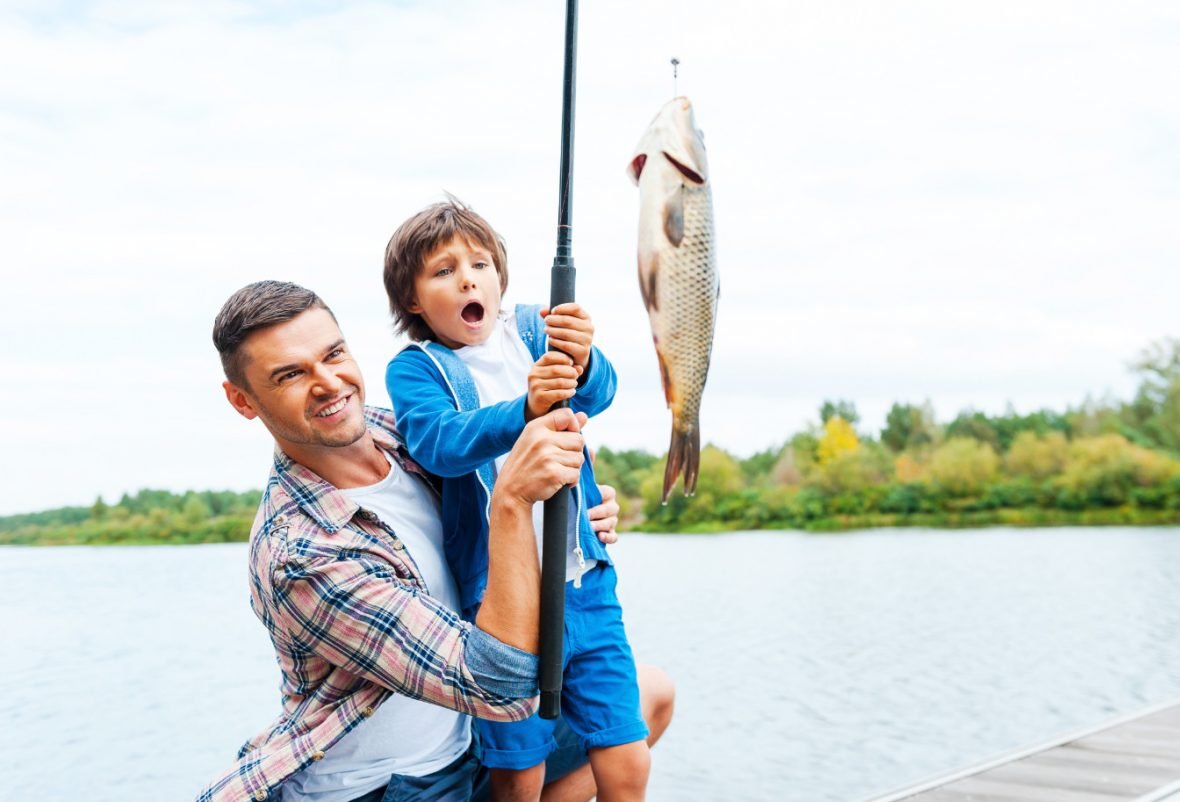Choosing the right salmon fly can make a significant difference in your fishing success. Whether you’re targeting Atlantic salmon, Pacific salmon, or any other species, understanding which fly to use in different situations is key. Here are some essential tips to help you select the perfect salmon fly for any fishing scenario:

Best Tips for Selecting the Right Salmon Fly for Any Situation
1. Know Your Salmon Species
Different salmon species have varying feeding habits and preferences for fly patterns. Some common salmon species include:
- Atlantic Salmon: Known for their aggression towards larger flies.
- Pacific Salmon (e.g., Chinook, Coho): Prefer smaller, more natural-looking flies.
Understanding the specific characteristics of the salmon you’re targeting will guide your fly selection.
2. Consider Water Conditions
Water conditions such as clarity, depth, and current speed influence fly choice. Use these guidelines:
- Clear Water: Opt for more natural-looking flies like nymphs or small streamers.
- Turbid Water: Bright and flashy flies can attract attention more effectively.
Adjust your fly size and color based on visibility and water flow to increase your chances of a strike.
3. Match the Hatch
Observing aquatic insect activity can provide clues about the types of flies salmon are likely to respond to. Look for:
- Hatch Timing: Note when insects emerge and replicate their appearance with your fly choice.
- Local Patterns: Research local insect species to mimic them effectively.
Matching the hatch improves your fly’s realism and increases its attractiveness to feeding salmon.
4. Adapt to Seasonal Changes
Salmon behavior and feeding preferences vary with the seasons. Adjust your fly selection accordingly:
- Spring: Use larger, brighter flies to trigger aggressive strikes as salmon move into rivers.
- Summer: Smaller, more natural flies work well when salmon are feeding selectively.
Stay attuned to seasonal shifts in salmon behavior to maximize your fishing success.
5. Experiment with Different Patterns
Salmon can exhibit varying responses to different fly patterns. Experiment with:
- Traditional Flies: Classic patterns like the Green Highlander or Thunder and Lightning.
- Modern Variations: Updated designs that incorporate synthetic materials and innovative tying techniques.
Having a diverse selection of flies allows you to adapt to changing fishing conditions and salmon preferences.
6. Consider Fly Depth and Presentation
Adjusting the depth and presentation of your fly can entice salmon to strike:
- Depth Control: Use sinking lines or weighted flies to reach deeper fish.
- Presentation: Mimic natural movements with swings, strips, or dead drifts depending on salmon activity levels.
Varying your approach can trigger a response from cautious or actively feeding salmon.
7. Seek Local Knowledge and Advice
Local fishing guides, tackle shops, and experienced anglers offer valuable insights into effective fly choices. Tap into their expertise to refine your fly selection strategy.
8. Pay Attention to Weather Conditions
Weather impacts salmon behavior and insect activity. Consider:
- Wind and Sunlight: Adjust the fly size and color to account for light conditions.
- Temperature: Cooler temperatures may prompt salmon to feed more actively on certain fly patterns.
Adapting to weather changes enhances your fly’s effectiveness and improves your chances of success.
Conclusion
Selecting the right salmon fly involves understanding salmon species, water conditions, insect hatches, seasonal variations, fly patterns, depth and presentation techniques, local insights, and weather influences. By applying these tips, you can enhance your fly fishing experience and increase your likelihood of hooking into a prized salmon.



